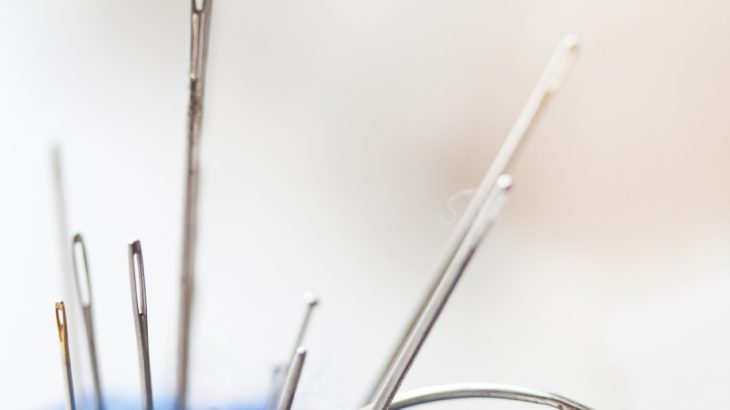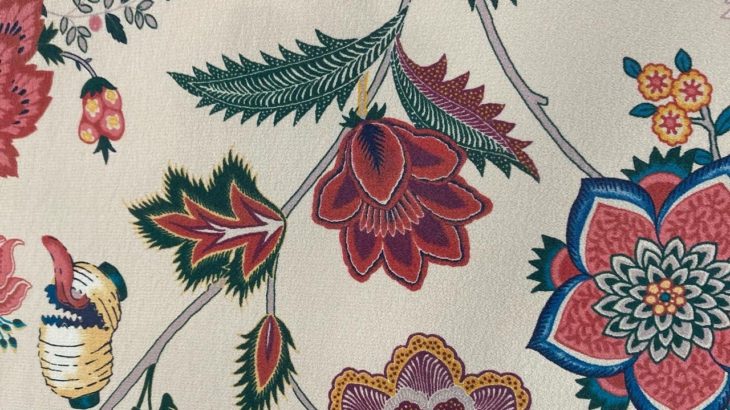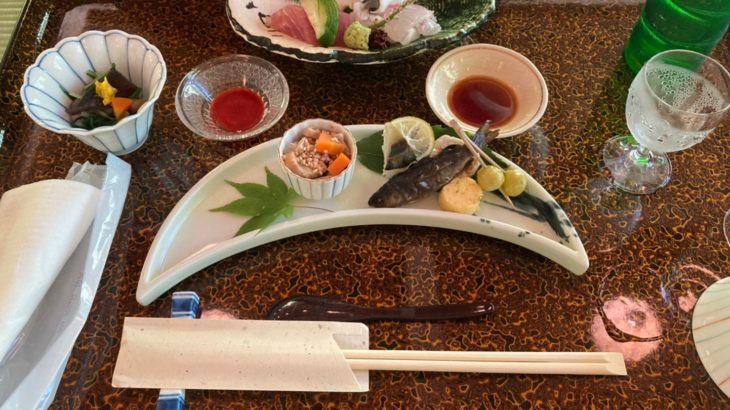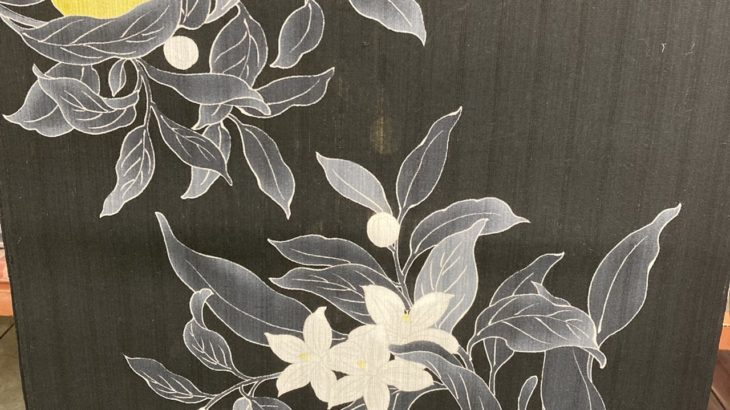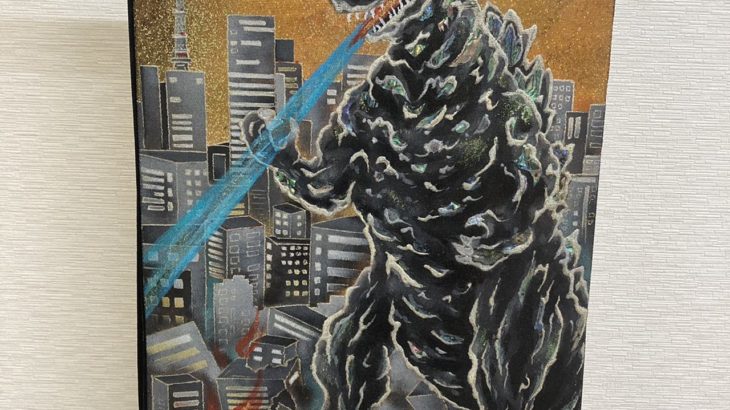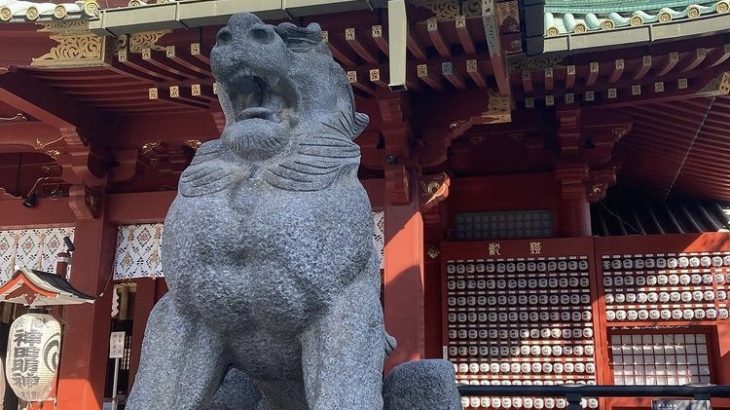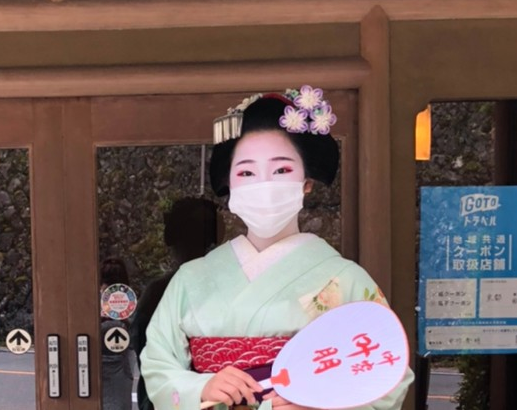Hello, this is Ryo from “Warashibe-choja.jp”. Today I would like to talk about embroidery.
Just as there are traditional embroidery in each country such as French embroidery and Chinese embroidery, there is also something called “Japanese embroidery” in Japan. Depending on the place of origin, they are called “Edo embroidery,” “Kyoto embroidery,” “Kaga embroidery,” etc., and although the basic technique is the same, there are small differences in patterns and colors.
Japanese embroidery is an embroidery that is stabbed with both hands using silk thread, and its origin is said to be the “Shubutsu” that was handed down from India across the Chinese Silk Road in about 500 AD. I will. The oldest surviving embroidery craft in Japan is called “Tenjukoku Mandala Embroidery Book”, a national treasure handed down at Chuguji Temple in Nara Prefecture. It is a pictorial representation of the heavenly world that Prince Shotoku would have ascended to. Around the 14th century, it was gradually released from the frame of Buddhist art and used for kosode and Noh costumes, and it began to color the costumes of aristocrats and samurai. However, in the latter half of the 19th century, the samurai and shrines, which were the main orderers, lost their power, and the embroidery, which was a luxury item, was hit hard. As a breakthrough, exports to overseas began with the opening of the Vienna World’s Fair, expanding the range of applications not only as clothing but also as interiors such as wall hangings and frames. Among them, “embroidery painting” was established, which expresses the screen with fine embroidery. These embroidery products are called “trade embroidery”, and most of the elaborate and good ones go abroad, and very few remain in Japan. After that, Japanese embroidery gradually declined due to the influence of the fact that embroidery paintings began to be made in China, the lifestyle changed and the number of people wearing kimono decreased, and the development of mechanical embroidery technology. Even today, the number of Japanese embroidery artists is small and the market size is not large.
[ Japanese embroidery thread ]
We use a thread called kamaito and gold and silver thread. Kamaito is a thread that has been untwisted from the cocoon in the kettle. It is a bundle of 4-12 fine silk threads, and it takes about 7 silk moths to make this thin thread. We will make the embroidery thread by changing the thickness of the thread and the strength of the twist according to the design and technique to be embroidered.
[ How to sew Japanese embroidery ]
Put the fabric on the embroidery table, put your right hand on the table and your left hand under the table, and use both hands to pierce the needle vertically. It is said that there are 40 to 50 types of Japanese embroidery with only basic techniques and hundreds of types of applications, and it is very difficult to learn by self-education.
Regarding this, there is currently only one traditional craftsman in Japan called “Kyonui” who continues to inherit the technique between parents and children, so I would like to introduce it if there is an opportunity.
